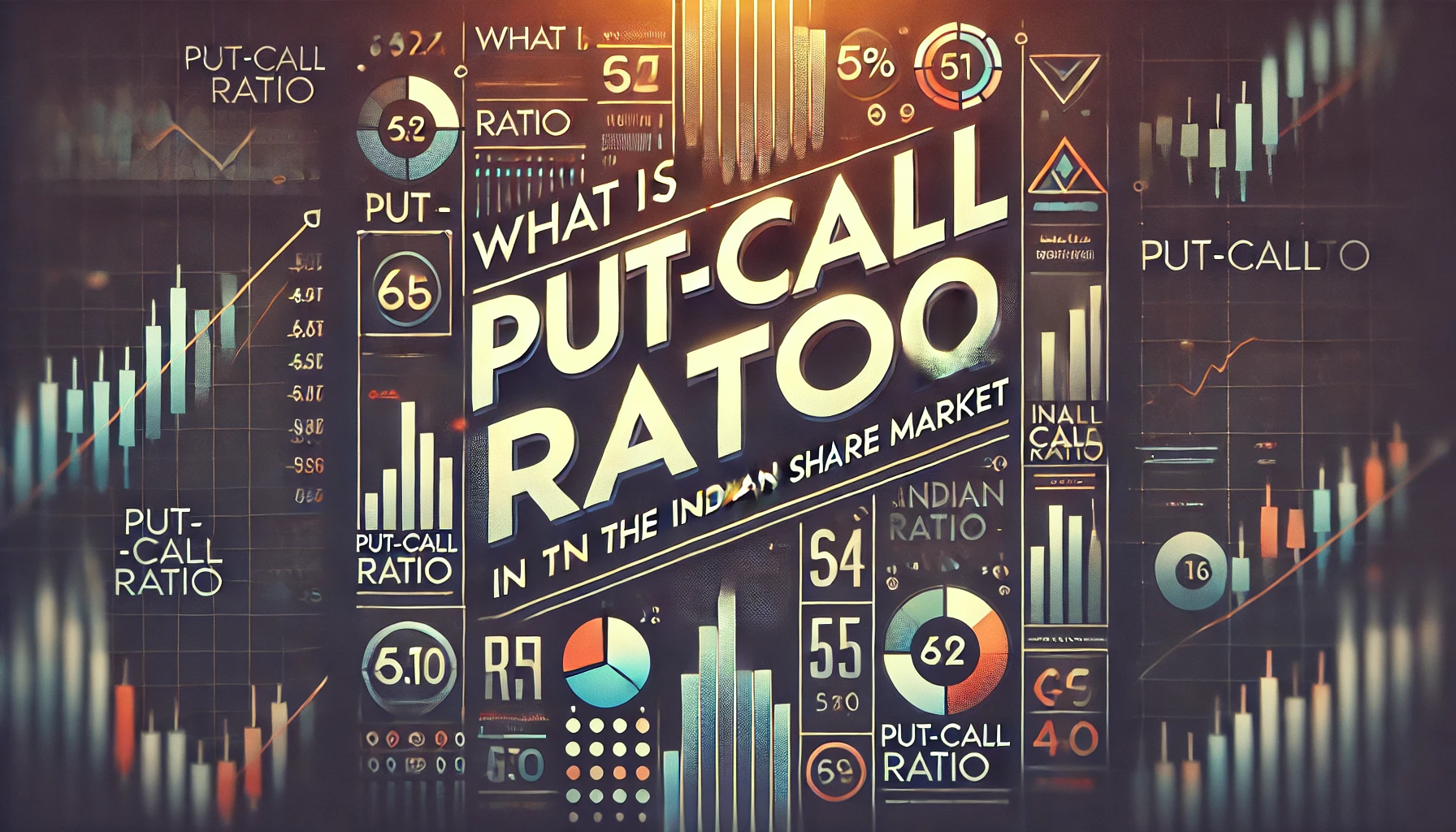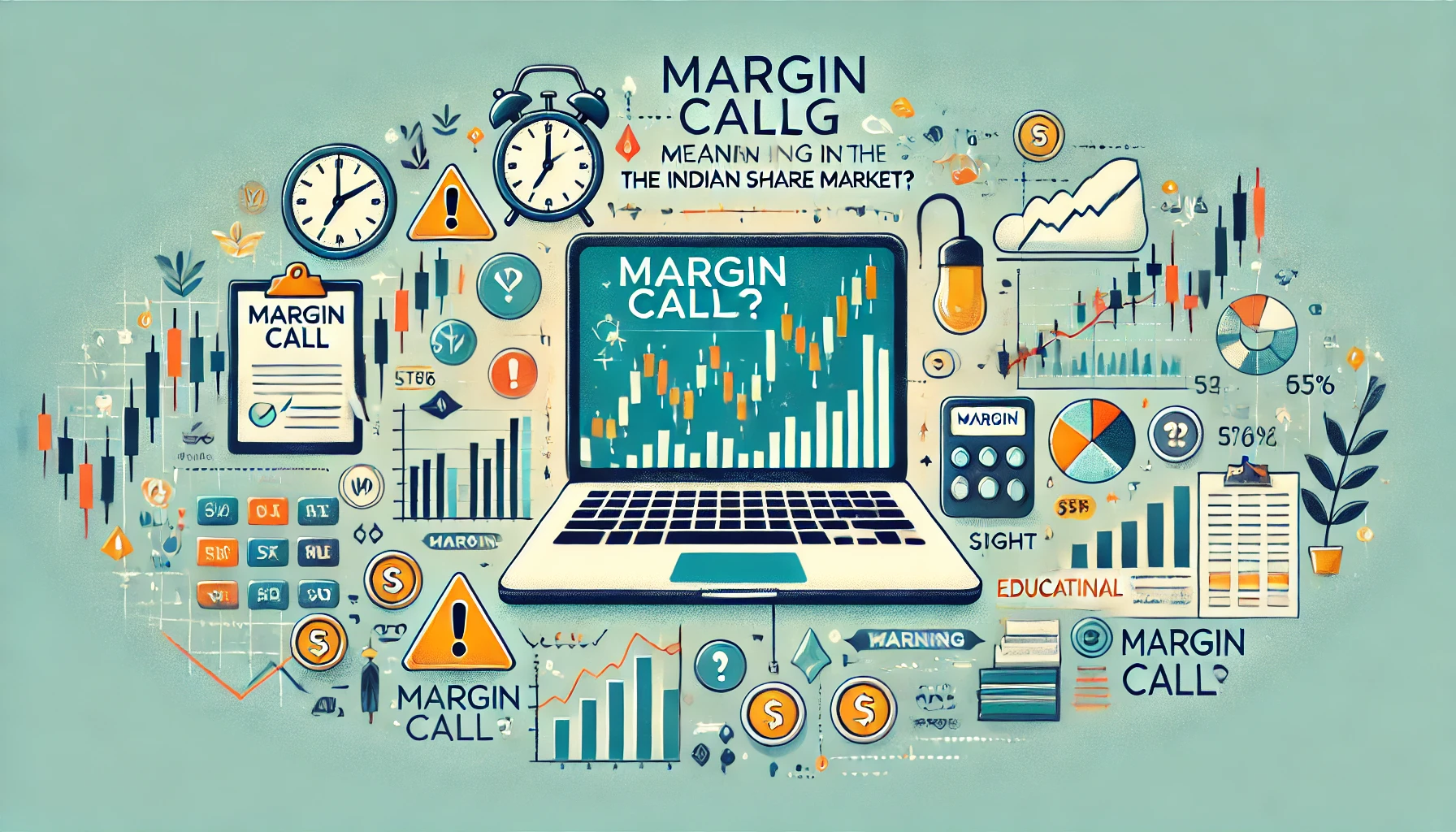A forward contract is a customized financial agreement between two parties to buy or sell an asset at a predetermined price on a future date. Unlike standardized futures contracts, forwards are traded over-the-counter (OTC), allowing for greater flexibility and customization in terms of contract size, expiration date, and the underlying asset. Forward contracts are widely used in the Indian derivatives market, particularly for hedging currency, commodity, and interest rate risks.
This blog will take a deep dive into what forward contracts are, their key features, uses, and how they differ from other derivative instruments like futures. We’ll also explore real-world examples and historical data to understand their significance in the Indian share market.
Table of Contents
- Introduction to Forward Contracts
- How Forward Contracts Work
- Types of Forward Contracts
- Forward Contracts vs. Futures Contracts
- Advantages of Forward Contracts
- Historical Data on Forward Contracts in India
- Common Uses of Forward Contracts
- Risks Involved in Forward Contracts
- Real-World Examples of Forward Contracts in India
- Conclusion
1. Introduction to Forward Contracts
Forward contracts are derivative agreements that allow two parties to agree on the price of an asset today, but with the transaction taking place at a future date. Unlike futures contracts, which are standardized and traded on exchanges, forward contracts are tailor-made for the parties involved. They are typically used by businesses and financial institutions to hedge against price fluctuations in commodities, currencies, and interest rates.
In the Indian market, forward contracts play a crucial role in managing risks, particularly for businesses exposed to foreign exchange rates or commodities like oil, wheat, and gold.
2. How Forward Contracts Work
A forward contract works by locking in a price today for the delivery of an asset at a future date. The terms of the contract, including the asset type, quantity, price, and settlement date, are decided by the parties involved. Because forward contracts are traded OTC, they are not subject to the standardization rules of exchange-traded derivatives.
Example:
A farmer in India may enter into a forward contract with a buyer to sell wheat at a fixed price of ₹2,000 per quintal, six months from now. This helps the farmer lock in the price, protecting them from any potential drop in wheat prices over the next six months.
3. Types of Forward Contracts
There are various types of forward contracts used in the Indian market, each catering to specific needs:
a. Currency Forwards
Currency forwards are used to hedge against foreign exchange rate risks. Indian companies dealing in foreign currencies use currency forwards to lock in favorable exchange rates for future transactions.
b. Commodity Forwards
Commodity forwards are used for hedging against price fluctuations in commodities like oil, gold, and agricultural products.
c. Interest Rate Forwards
Interest rate forwards are used to manage the risk of fluctuating interest rates, particularly for long-term loans or bonds.
4. Forward Contracts vs. Futures Contracts
Although forward and futures contracts may seem similar, there are key differences between them:
| Feature | Forward Contracts | Futures Contracts |
|---|---|---|
| Trading Venue | Over-the-counter (OTC) | Exchange-traded |
| Customization | Fully customizable | Standardized |
| Counterparty Risk | Higher (no clearing house) | Lower (cleared through exchanges) |
| Settlement | At contract expiry | Marked-to-market daily |
| Liquidity | Lower liquidity | Higher liquidity |
While forwards offer greater flexibility, they also come with higher counterparty risk compared to futures contracts, which are cleared and standardized by exchanges like the NSE.
5. Advantages of Forward Contracts
a. Customization
Forward contracts are highly customizable, allowing parties to tailor the contract’s size, delivery date, and underlying asset according to their specific needs.
b. Hedging Tool
Forward contracts provide an effective way to hedge against price risks in currencies, commodities, and interest rates. By locking in a price today, participants protect themselves from future price volatility.
c. Cost-Efficient
Forward contracts do not require margin deposits like futures contracts, making them a more cost-efficient option for some traders.
6. Historical Data on Forward Contracts in India
Forward contracts, especially in currency and commodities, have been an essential part of India’s derivatives market. The Reserve Bank of India (RBI) regulates currency forward contracts in India, while the commodities market is regulated by the Securities and Exchange Board of India (SEBI).
Table: Growth of Currency Forward Contracts in India (2019-2023)
| Year | Total Volume of Currency Forwards (in billion USD) |
|---|---|
| 2019 | 180 |
| 2020 | 190 |
| 2021 | 210 |
| 2022 | 220 |
| 2023 | 240 |
This table shows the increasing use of currency forwards in India, reflecting the growing demand for hedging against exchange rate volatility.
7. Common Uses of Forward Contracts
Forward contracts are widely used by businesses and investors for various purposes:
a. Currency Hedging
Indian companies engaged in international trade use currency forwards to lock in favorable exchange rates and protect against currency fluctuations.
b. Commodity Price Protection
Farmers, mining companies, and manufacturers use commodity forwards to hedge against future price fluctuations of raw materials or agricultural products.
c. Interest Rate Risk Management
Financial institutions and businesses with large loans or bond portfolios use interest rate forwards to mitigate risks arising from fluctuating interest rates.
8. Risks Involved in Forward Contracts
While forward contracts offer several advantages, they also come with inherent risks:
a. Counterparty Risk
Because forward contracts are traded OTC, there is a risk that the other party may default on the agreement. This is known as counterparty risk.
b. Lack of Liquidity
Forward contracts are not as liquid as exchange-traded derivatives, which may make it difficult to exit the contract before its maturity.
c. No Mark-to-Market
Unlike futures, forward contracts are not marked-to-market daily. This means that there are no daily settlements, which could lead to a large payment at the contract’s maturity.
9. Real-World Examples of Forward Contracts in India
Example 1: Currency Forward Contract
An Indian software company expects to receive USD payments six months from now. To protect itself from exchange rate fluctuations, the company enters into a currency forward contract to sell USD at ₹80 six months from now, regardless of the exchange rate at the time.
Example 2: Commodity Forward Contract
A gold jewelry manufacturer enters into a forward contract to buy 10 kg of gold at ₹4,000 per gram six months in the future. This helps the manufacturer lock in a favorable price for gold and protect against potential price hikes.
10. Conclusion
Forward contracts are powerful financial tools for hedging risks in the Indian share market. They offer flexibility and customization, making them particularly useful for businesses and investors looking to hedge against future price volatility in currencies, commodities, and interest rates. However, with higher counterparty risks and lower liquidity, forward contracts must be used carefully.
In India, forward contracts have become an essential part of the financial landscape, enabling participants to manage risks and lock in future prices with greater certainty.

What Is Implied Volatility?
In the realm of Indian share market derivatives, implied volatility (IV) plays a crucial role …

What is Margin Funding?
Margin funding is a powerful tool in the Indian share market that allows traders to …

Forward vs Future contract
In the Indian share market, derivatives such as forward and future contracts play a pivotal …

What is Margin Money?
Margin money is a crucial aspect of trading in the Indian share market, especially in …

What is Put-Call Ratio?
The Put-Call Ratio (PCR) is one of the most widely used indicators in options trading …

What is Derivatives?
Derivatives are financial instruments whose value is derived from an underlying asset or benchmark. In …

What is Cost of Carry?
The cost of carry is an essential concept in futures trading that reflects the cost …

What is futures
Futures are a fundamental part of derivatives trading in the Indian stock market. They allow …

Bullish Option Strategies
In the ever-evolving world of derivatives trading, options have become a powerful tool for investors …

Understanding Physical Settlement in Futures & Options Contracts: A Comprehensive Guide
In the world of derivatives trading, the concept of physical settlement has gained prominence, particularly …

what are call options
The Indian share market has expanded significantly over the years, attracting a growing number of …

What Is Credit Spread Strategy
In the world of options trading, the credit spread strategy is one of the most …

What Is a Forward Contract
A forward contract is a customized financial agreement between two parties to buy or sell …

Types of Derivatives in India
The Indian derivatives market has grown exponentially, becoming a vital tool for investors and traders …

What is Swaps Derivatives
In the world of derivatives, swaps are a special class of contracts that allow two …

Intrinsic Value and Time Value of Options
Options trading is one of the most widely used financial instruments in the Indian share …

What is Open Interest?
In the world of derivatives, the concept of “Open Interest” plays a crucial role in …

Types of underlying assets in derivatives
The Indian derivatives market has grown exponentially over the last few decades, thanks to its …

derivatives on Option Volatility & Pricing Strategies
The Indian share market derivatives segment is a dynamic environment where advanced traders rely heavily …

What is Futures Contract
The Indian share market offers various financial instruments that provide opportunities for investors and traders. …

What is implied volatility in options?
In the world of options trading, one of the most crucial elements to understand is …

Futures Pricing Formula
The Indian share market is known for its dynamic nature and offers various opportunities for …

What is an ITM Call Option?
The world of options trading is filled with technical terms that are crucial for investors …

What is Max Pain Theory?
The Indian share market is full of strategies and theories that traders use to predict …

What is OTM Call Options
In options trading, terms like “in the money” (ITM), “at the money” (ATM), and “out …

What Is Rollover
Rollover is a common term in the world of futures and derivatives trading, especially in …

Futures Prices Converge Upon Spot Prices
In the world of financial markets, futures contracts play a significant role. One of the …

Call Ratio Back Spread
In the Indian share market, advanced trading strategies such as the Call Ratio Back Spread …

Margin Call Meaning
A margin call is one of the most critical warnings in trading, often marking a …

What is Bermuda Option?
The financial markets are full of complex instruments, and one such tool is the Bermuda …


















